China Tilt: Can India’s Shift Toward China Work as a Long-Term Economic Strategy?
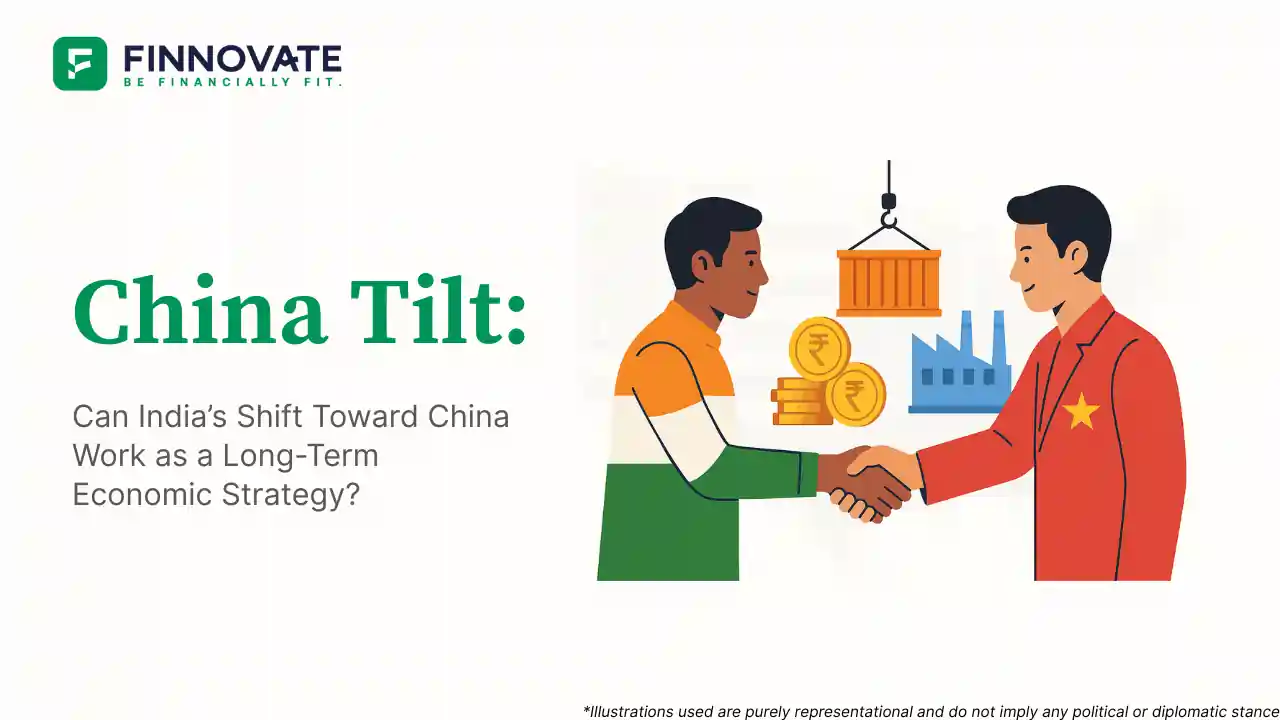
By

The unexpected fallout of Trump’s tariff war has been India’s recalibration of its global trade positioning. With steep duties imposed on Indian goods and Washington tilting closer to Pakistan, New Delhi has been quick to keep diplomatic doors open with Beijing. The shift has sparked an important question: is India’s “China tilt” just a short-term necessity or a sustainable long-term economic strategy?
Diplomacy and economics are often described as the art of the possible, and recent developments highlight that perfectly. By moving closer to Beijing after U.S. tariffs, India has signaled its pragmatism.
While historical mistrust remains, this moment of proximity is not insignificant. Crises often accelerate realignments, and India’s willingness to engage China more directly could ease immediate tensions and provide breathing room for its domestic economy.
For decades, India and China have been at odds - over border disputes, Tibet, Taiwan, and Beijing’s support to Pakistan. These differences cannot be bridged overnight.
Yet, both sides have economic incentives to cooperate:
The alignment is also driven by a shared friction with the United States. Both India and China now face tariffs, making them natural allies - at least tactically.
The Russia–China–India triangle under BRICS has always been an uneasy coalition. But changing geopolitics could make it more cohesive.
Closer India-China ties would make this axis more functional. For India, the bigger challenge lies in managing trade imbalances - reducing deficits with both Russia and China - while sending a clear message to the U.S. that its trade policy is driven by pragmatism, not ideology.
Despite tariff headwinds, the U.S. remains India’s most important long-term economic partner.
Tariffs may be disruptive, but they are also temporary. For India, maintaining open communication with Washington is vital to ensure that short-term proximity to China does not jeopardize long-term strategic gains with the U.S.
The tilt toward China comes with both opportunities and risks.
Opportunities:
Risks:
The lesson: China can be a useful partner in the short term, but cannot substitute the U.S. and other allies in the long run.
India’s China tilt is more situational than structural. It reflects the country’s need to adapt to immediate challenges rather than a fundamental reorientation of its strategy.
A sustainable path for India lies in diversification - strengthening ties with the U.S., EU, Japan, and other partners, while keeping China as a pragmatic collaborator when interests align.
The current crisis shows India’s flexibility. But in the long run, India’s economic strategy must remain broad-based and balanced, not overly dependent on a single axis.
Disclaimer: The views expressed here are based on publicly available information and analysis. Readers should not consider this as professional financial or strategic advice. Also, Illustrations used in this article are purely representational and do not imply any political or diplomatic stance
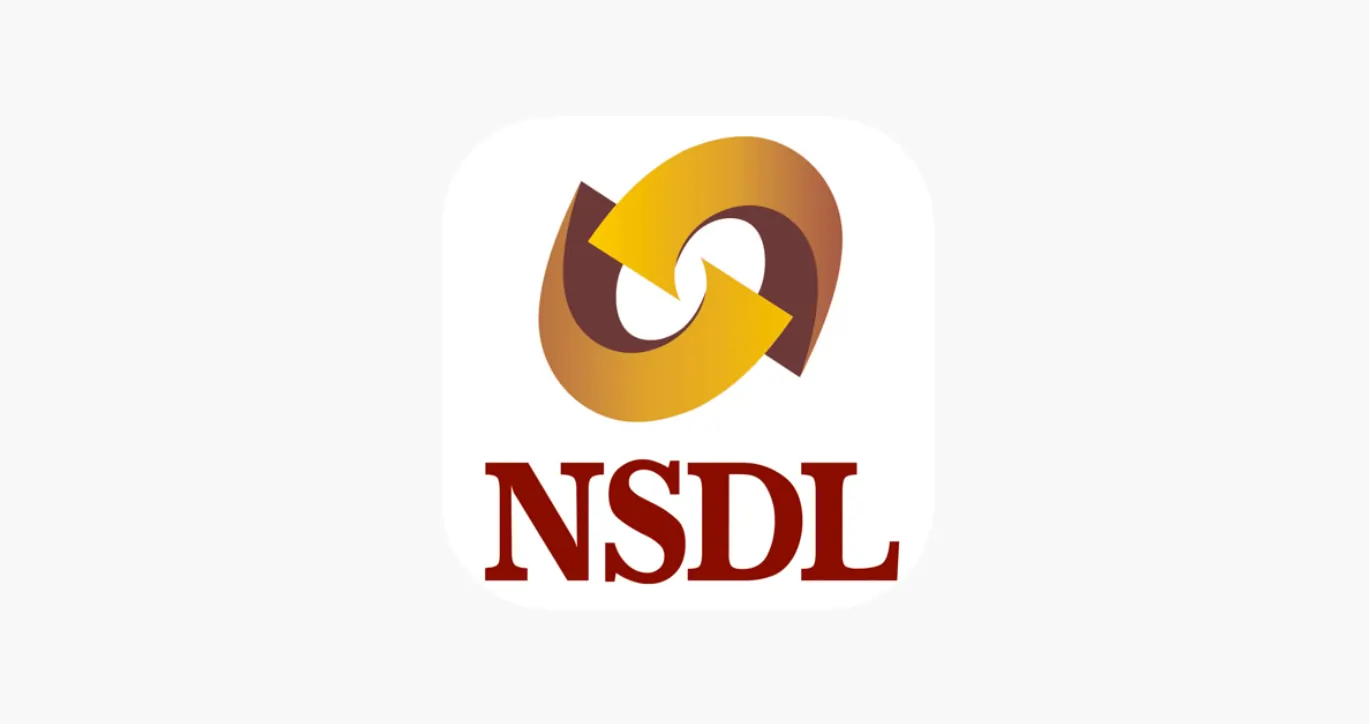
Learn how to easily download your NSDL CAS Statement in PDF format with our step-by-step guide. Follow our instructions to log in to NSDL e-Services, download your account statement, and subscribe for
Read Full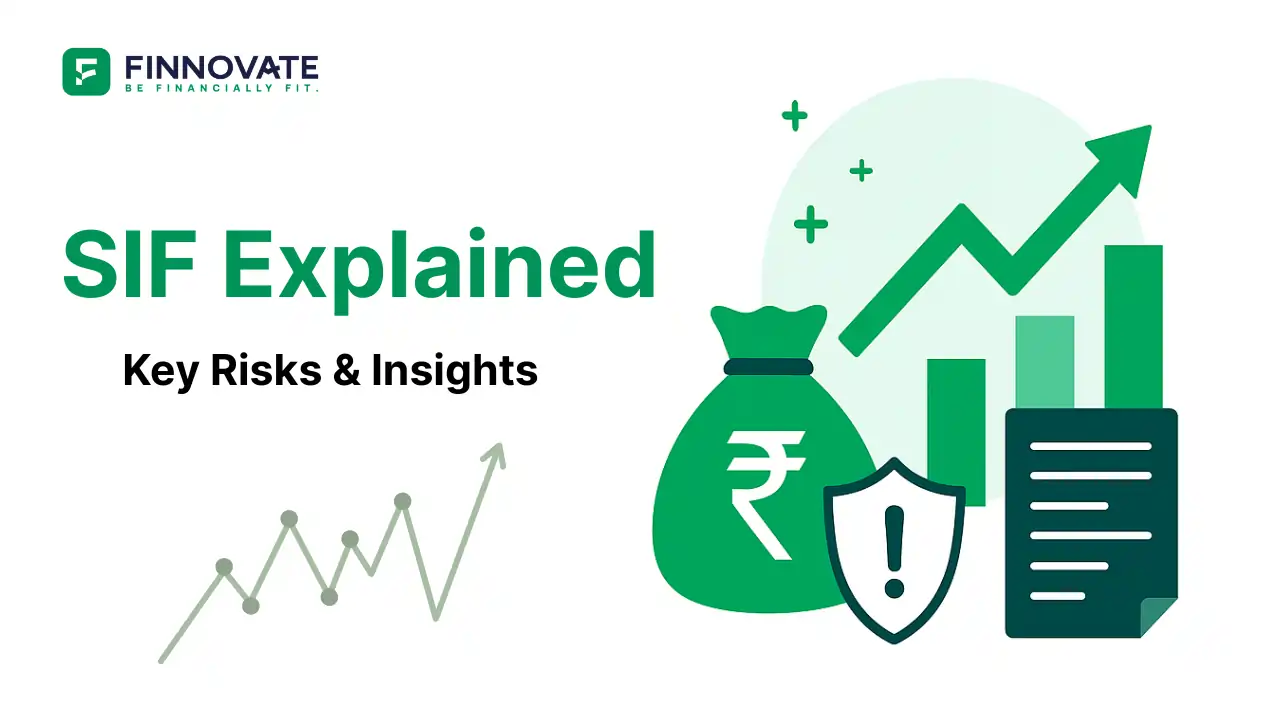
Explore what Specialised Investment Funds (SIFs) are, their benefits, taxation, minimum investment, how to invest, how they compare with mutual funds and PMS and latest developments in SIF space
Read Full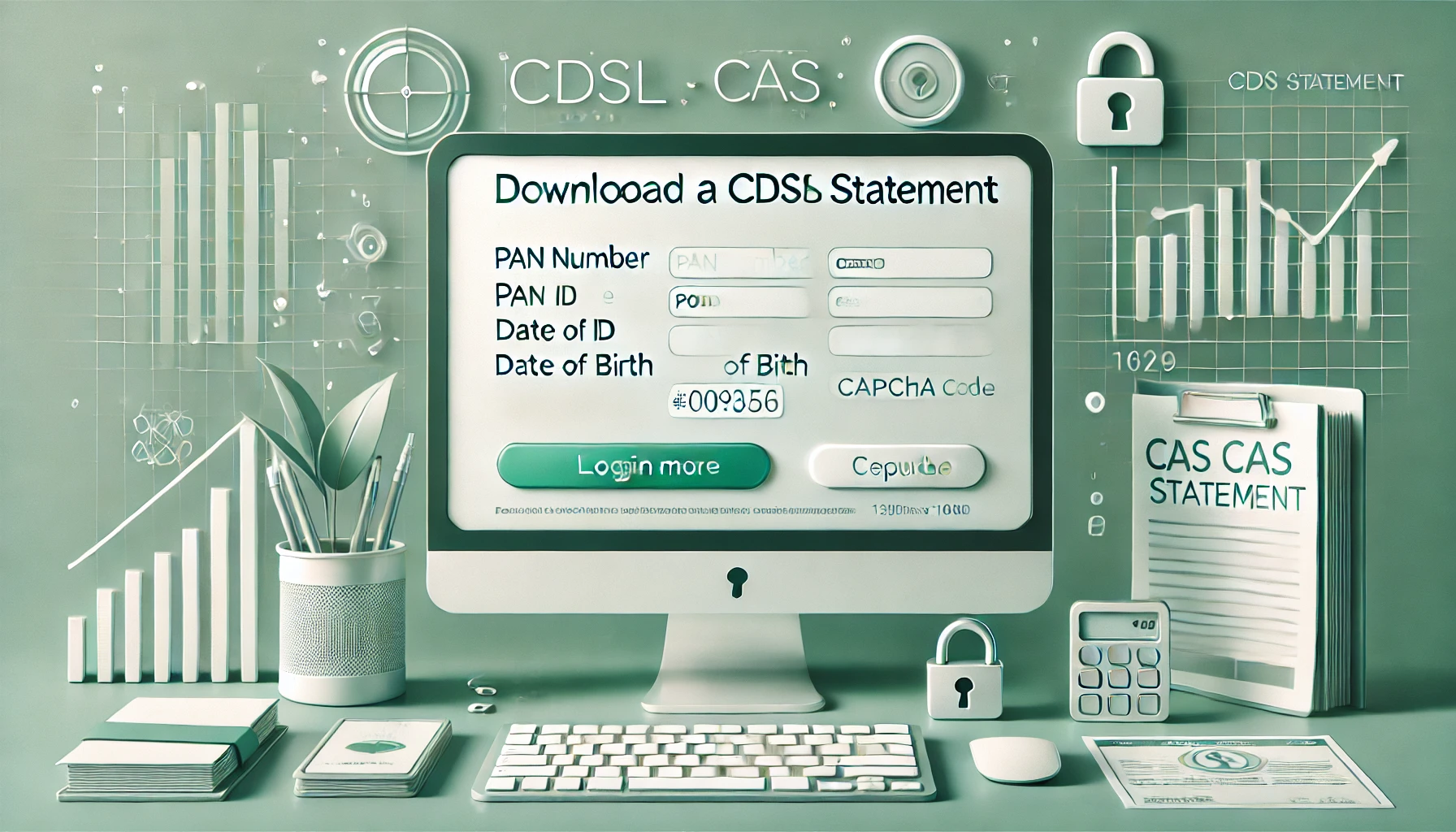
Learn How to Download Your CDSL CAS Statement with our step-by-step guide. Easy instructions for accessing your investment details online.
Read Full
Analyzing the potential economic impact of the 2025 India-Pakistan conflict on India's GDP growth, manufacturing sector, and foreign investment.
Read Full
Looking for the best financial freedom books? Here’s a handpicked 2025 reading list with summaries, why to read, and who it's best for.
Read Full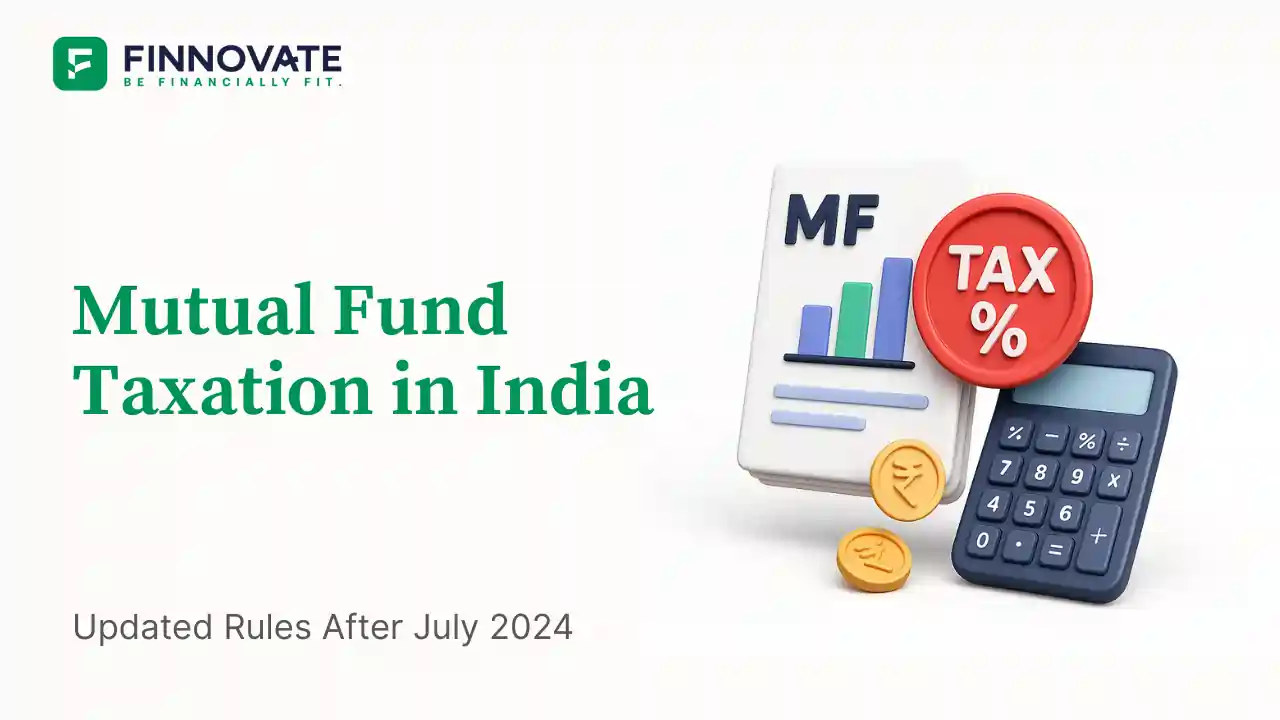
Clear guide to mutual fund taxation in India for FY 2025–26 after July 2024 changes: equity STCG 20%, LTCG 12.5% with ₹1.25L exemption, debt/hybrid rules, dividends, examples, tables, and FAQs.
Read Full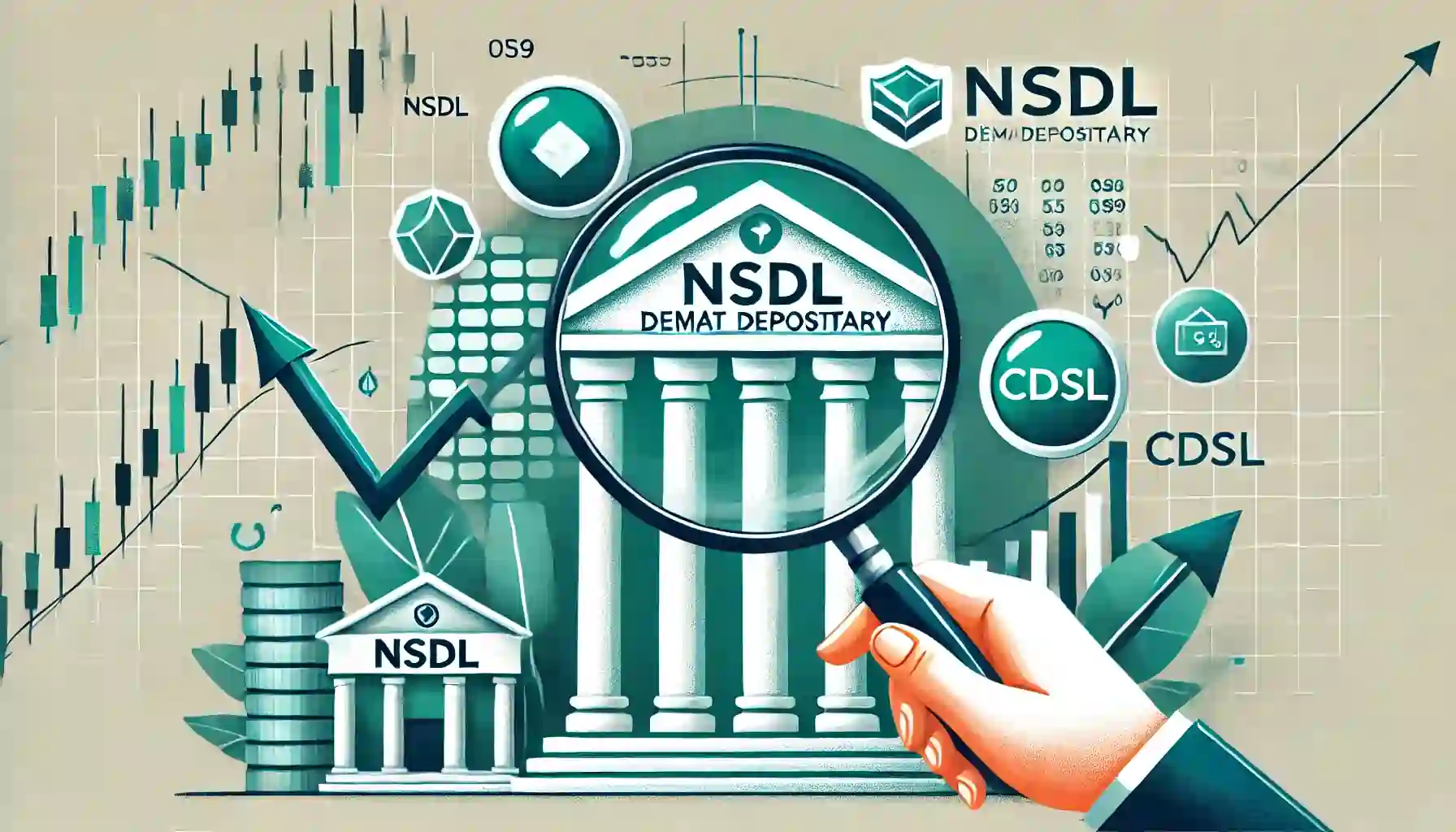
Determine if your Demat Depositary (DP) is NSDL or CDSL easily. Follow our guide to check using broking platforms or Demat account number formats
Read Full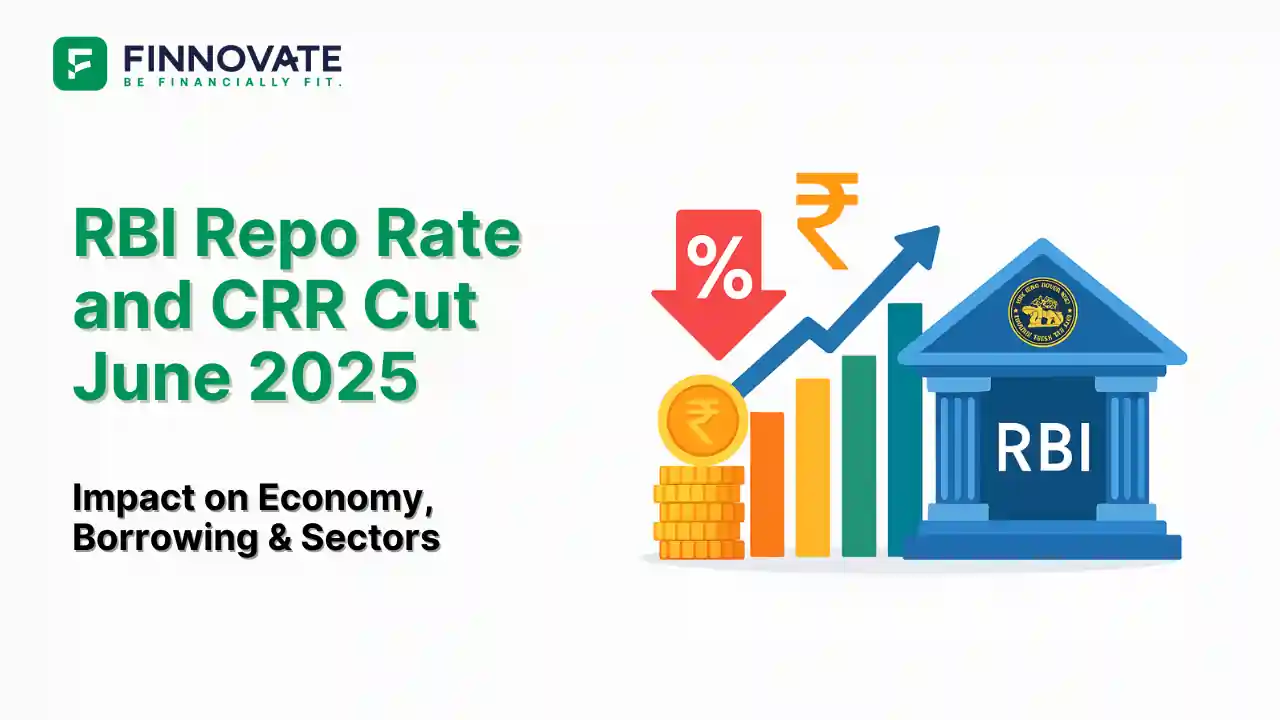
RBI cuts repo rate by 50 bps and CRR by 100 bps in June 2025 to boost growth. Learn how it impacts inflation, borrowing, sectors, and market trends.
Read Full